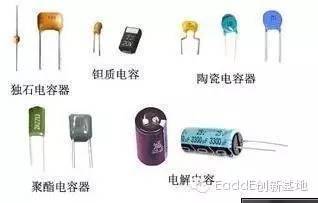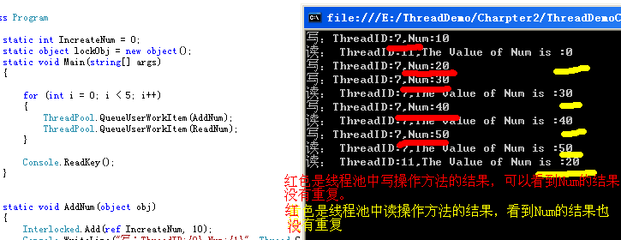
摘自:http://gosman.blogbus.com/logs/18346902.html
以下为这些电源标号区别的英文原版详细解释。现在网上的一些中文解释有些错误。
Almost all integrated circuits (ICs) have at least two pins whichconnect to the power rails of the circuit they are installed in.These are known as the IC's power supply pins.However, the labeling of the pins varies by IC family andmanufacturer.
| Typical supply pin labeling | ||||
|---|---|---|---|---|
| BJT | FET | |||
| VCC | VDD | V+ | VS+ | Positive supply voltage |
| VEE | VSS | V− | VS− | Negative supply voltage |
The simplest labels are V+ andV−. However, internal design and historicaltradition have led to a variety of other labels being used. Also,V+ and V− may be confused with the + and − voltage inputs to ICslike op amps.
Sometimes one of the power supply pins will be referred to asground. In digital logic,this is nearly always the negative pin; in analog integratedcircuits, it is most likely to be a pin intermediate in voltagebetween the most positive and most negative pins [citationneeded].
Double subscriptnotation uses similar looking placeholders withsubscripts. In that notation the subscripted letters denote twopoints.
History
VCC (note: lower case is oftenused instead of subscript, e.g. "Vcc") is an electronicsdesignation that refers to voltage from a power supply connected tothe "collector" terminal of a bipolar transistor. In an NPNbipolar junctiontransistor, it would be+VCC, while in a PNP transistor, itwould be −VCC. There is debate over the origins of the double lettersubscript naming convention. One proposal is that it originated asan abbreviation of the supply voltage for a common collectoramplifier with the other power supply names mimicking this fashion.Double letters may also have been used to clearly indicate that apower supply voltage is being referred to.
In general, double letter subscripts refer to power supplyvoltages. For example, VEE refers tothe "emitter" voltage as supplied by the power supply pin. InNMOS logic,VSS refers to the "source" voltage, andVDD is the "drain" voltagelikewise.
Within a circuit, single letter subscripts refer to that voltagerelative to ground; for example, VC is the "collector"voltage relative to ground. Two different letters indicate thevoltage between two terminals; for example: VBE is the"base" to "emitter" voltage drop, while VCE is the"collector" to "emitter" voltage.
Modern use
CMOS ICs have generallyborrowed the NMOS convention of VDD for positive andVSS for negative despite the fact that both positive andnegative supply rails actually go to source terminals (positivesupply goes to PMOS sources, negative supply to NMOS sources). ICsusing bipolar transistors have VCC (positive) andVEE (negative) power supply pins.
In single supply systems (e.g., most modern digital and analogcircuits) the negative power supply pin is also commonly referredto as GND. In "split rail" supply systems (e.g., older analogcircuits) positive, negative and ground power supply pins areused.
More advanced chips will often have pins carrying voltage levelsfor more specialized functions in or out of the chip and these aregenerally labeled with some abbreviation of their purpose. Forexample VBUS for the 5 volt supply needed for abus-powered USB device or Vref for the reference voltagefor an analog-to-digitalconverter.
From: http://www.answers.com/topic/ic-power-supply-pin?cat=technology
众多中文解释中的一种:
VCC:C=circuit 表示电路的意思, 即接入电路的电压;
VDD:D=device 表示器件的意思, 即器件内部的工作电压;
VSS:S=series 表示公共连接的意思,通常指电路公共接地端电压。
1、对于数字电路来说,VCC是电路的供电电压,VDD是芯片的工作电压(通常Vcc>Vdd),VSS是接地点。
2、有些IC既有VDD引脚又有VCC引脚,说明这种器件自身带有电压转换功能。
3、在场效应管(或COMS器件)中,VDD为漏极,VSS为源极,VDD和VSS指的是元件引脚,而不表示供电电压。
GND:公共地
DGND:数字地
AGND:模拟地
SGND:信号地
 爱华网
爱华网



